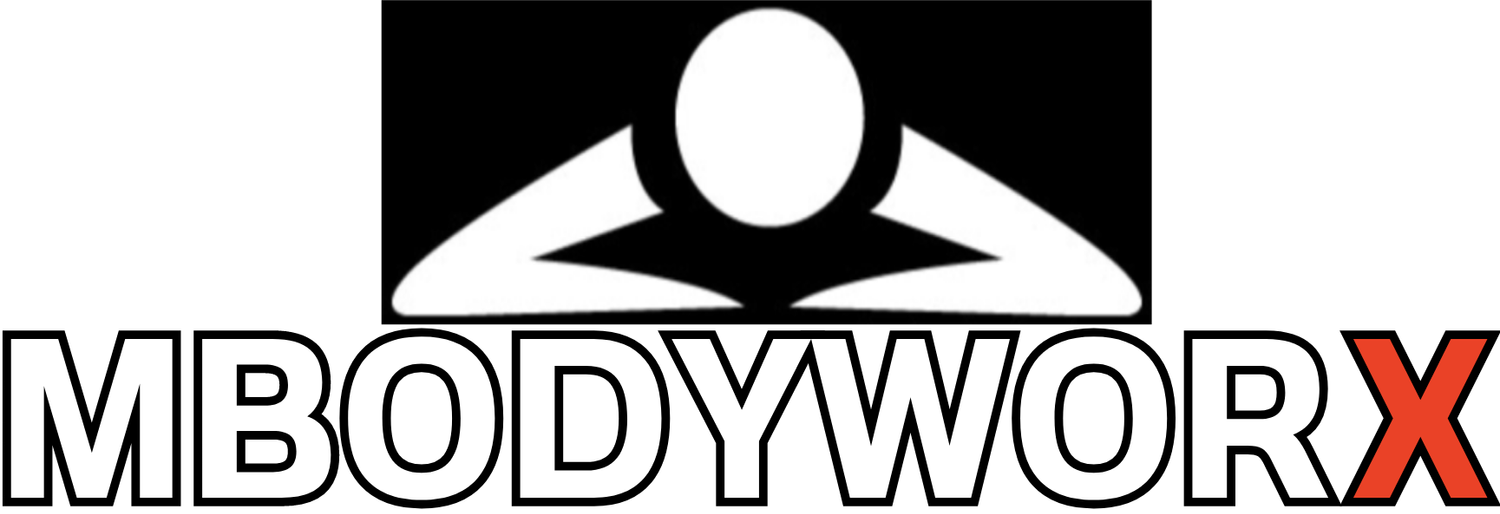Unleashing Energy Balance: An In-depth Exploration of Polarity Therapy
Polarity Therapy, a concept pioneered by Dr. Randolph Stone in the mid-20th century, hinges on the idea that balanced energy fields and currents are the key to maintaining optimal health and well-being. According to Dr. Stone, disease and discomfort are merely manifestations of energy imbalances within the body.
The human body, akin to the Earth, is seen as a system of energy fields. Just as Earth's magnetic field is vital for sustaining life, the human energy field plays a crucial role in our overall health. Polarity Therapy posits that by balancing these energy fields, we can achieve wellness and alleviate many health conditions.
In Polarity Therapy, the practitioner connects poles within the client's body to help balance energy flow. The body is seen as a system of energy fields, with the head and feet representing positive and negative poles, respectively, while the middle of the body represents neutral energy.
During a session, a practitioner might connect their left hand to the client's right foot, and their right hand to the client's left hand, for example. This forms an energy circuit, allowing energy to flow from the positive to negative pole, mirroring the natural flow of energy in the body. The goal of these connections is to encourage the free flow of life energy (also known as prana, chi, or qi), remove blockages, and restore balance.
The specific connections used will depend on the client's needs and the practitioner's assessment of their energy flow. It's important to note that while Polarity Therapy can be a powerful tool for promoting balance and well-being, it's not a substitute for conventional medical care. It's always recommended to consult with a healthcare provider before starting any new treatment approach.
Lastly, while making these connections, the practitioner should always ensure the comfort of the client and respect their personal boundaries. Communication is key to creating a safe and effective healing environment.
Polarity Therapy encompasses four main pillars: bodywork, diet, exercise, and self-awareness. Each component serves to align and balance the individual's energy. Bodywork involves manipulating the body using specific touch techniques to stimulate and balance energy flow. The diet pillar focuses on consuming wholesome, natural foods that are believed to support the body's energy balance. Polarity exercises, often resembling yoga, are designed to release tension and promote energy flow. Finally, self-awareness practices encourage mindfulness and connection with oneself and one's energy fields.
Numerous anecdotal accounts and preliminary studies suggest various potential benefits from Polarity Therapy. These include stress reduction, alleviation of physical pain, increased energy levels, improved sleep, enhanced mental clarity, and a heightened sense of well-being. General session protocol for a Polarity Therapy session. Please note that each session should be personalized to suit the unique needs of each individual.
A Polarity Therapy Session Framework
1. Introduction (5 minutes)
Begin by warmly welcoming your client and creating a comfortable environment.
Explain what Polarity Therapy is and what the session will entail.
Discuss their medical history, current health status, and wellness goals.
2. Set the Intention (5 minutes)
Encourage your client to set an intention for the session, such as achieving a sense of relaxation, releasing physical tension, or balancing their energy.
3. Deep Breathing Exercise (5 minutes)
Initiate the session with a simple deep breathing exercise. This can help the client to become more relaxed and aware of their body and energy.
4. Polarity Bodywork (45-50 minutes)
Start with the client lying face down on a massage table.
Using gentle touch, scan the body for energy blockages, starting from the head and moving down to the feet.
Once potential energy blockages are located, use specific Polarity Therapy techniques (such as rocking, stretching, or pointing) to unblock and balance the energy flow.
Allow the energy to guide your hands, adjusting your touch and pressure accordingly.
After working on the back, ask the client to turn over and repeat the process on the front of the body.
5. Energy Exercise (10-15 minutes)
Guide the client through a series of simple Polarity exercises (similar to yoga poses) designed to help release tension and promote energy flow.
6. Debrief and Self-Awareness Discussion (5-10 minutes)
Discuss the session with the client. Ask them about their experiences and feelings during the session.
Talk about any energy blockages you found and how they might relate to the client's overall health and wellness.
Discuss ways the client can promote energy balance at home, such as through diet, exercise, and mindfulness practices.
7. Wrap Up (5 minutes)
Advise the client to take it easy for the rest of the day, and to drink plenty of water to help facilitate energy flow.
Schedule the next appointment, if applicable, and thank the client for their time.
Remember, while this session protocol provides a general guideline, it's important to be flexible and responsive to each client's unique needs and experiences. Always proceed with sensitivity and respect for the individual's comfort and boundaries.
It's worth noting, however, that while promising, Polarity Therapy is not a substitute for conventional medical treatment. It's best used as a complementary approach alongside traditional care. If you're considering Polarity Therapy, it's always advisable to consult with a healthcare provider to understand its potential benefits and implications for your unique health condition.
In the grand tapestry of holistic healing, Polarity Therapy stands as an intriguing, energy-focused modality. Its foundational belief in the balance and flow of energy offers a novel perspective on health and well-being, shedding light on the profound interconnectedness of our bodily systems, our consciousness, and the world around us.
The complete works of Dr. Stone are available for free at the Digital Dr. Stone project The Digital Dr. Stone - The Transcribed Texts of Dr. Randolph Stone (digitaldrstone.org)
Sources:“Polarity Therapy Volume 1”, Dr. Randolph Stone“Energy Medicine: The Scientific Basis”, James Oschman"The American Polarity Therapy Association" polaritytherapy.org





